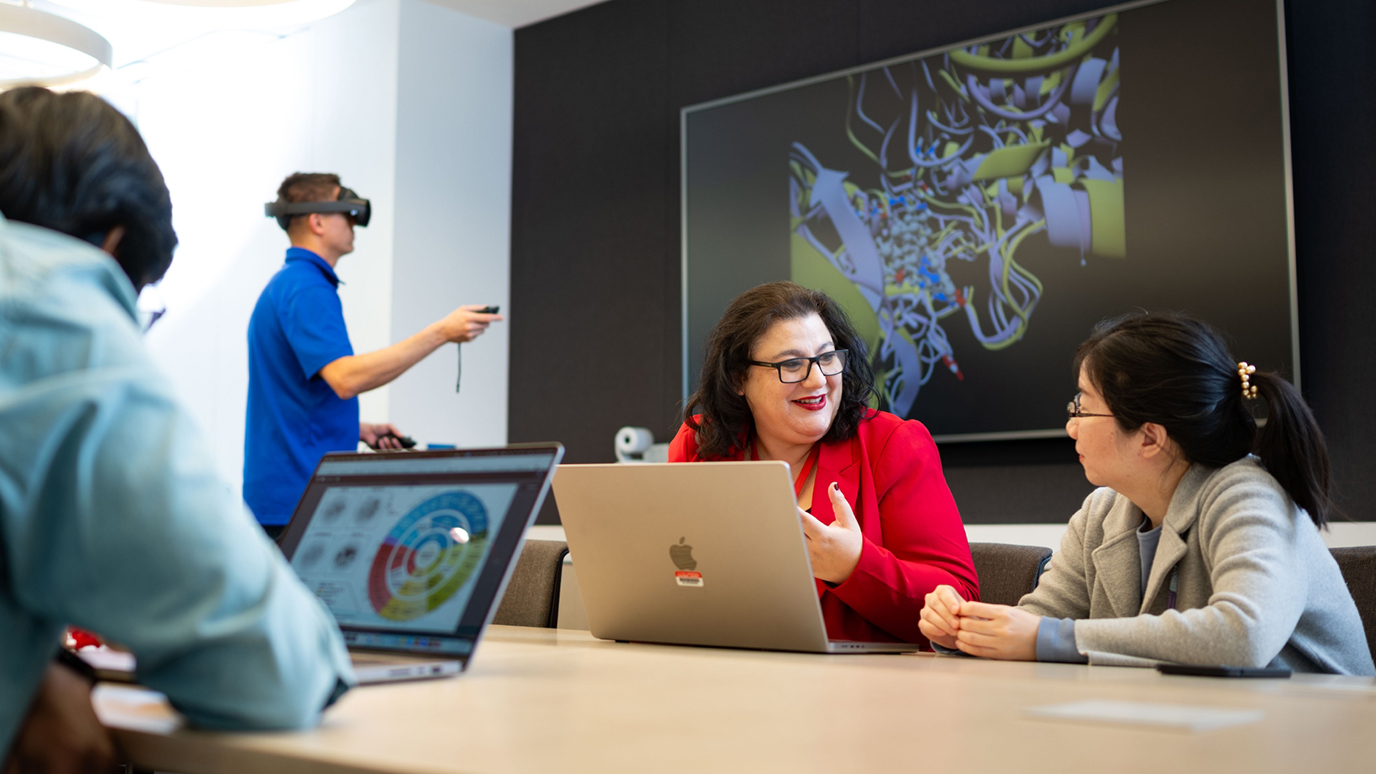- Diseases
- Acoustic Neuroma (14)
- Adrenal Gland Tumor (24)
- Anal Cancer (66)
- Anemia (2)
- Appendix Cancer (16)
- Bile Duct Cancer (26)
- Bladder Cancer (68)
- Brain Metastases (28)
- Brain Tumor (230)
- Breast Cancer (718)
- Breast Implant-Associated Anaplastic Large Cell Lymphoma (2)
- Cancer of Unknown Primary (4)
- Carcinoid Tumor (8)
- Cervical Cancer (154)
- Colon Cancer (164)
- Colorectal Cancer (110)
- Endocrine Tumor (4)
- Esophageal Cancer (42)
- Eye Cancer (36)
- Fallopian Tube Cancer (6)
- Germ Cell Tumor (4)
- Gestational Trophoblastic Disease (2)
- Head and Neck Cancer (6)
- Kidney Cancer (124)
- Leukemia (344)
- Liver Cancer (50)
- Lung Cancer (288)
- Lymphoma (284)
- Mesothelioma (14)
- Metastasis (30)
- Multiple Myeloma (98)
- Myelodysplastic Syndrome (60)
- Myeloproliferative Neoplasm (4)
- Neuroendocrine Tumors (16)
- Oral Cancer (100)
- Ovarian Cancer (170)
- Pancreatic Cancer (164)
- Parathyroid Disease (2)
- Penile Cancer (14)
- Pituitary Tumor (6)
- Prostate Cancer (144)
- Rectal Cancer (58)
- Renal Medullary Carcinoma (6)
- Salivary Gland Cancer (14)
- Sarcoma (236)
- Skin Cancer (296)
- Skull Base Tumors (56)
- Spinal Tumor (12)
- Stomach Cancer (60)
- Testicular Cancer (28)
- Throat Cancer (90)
- Thymoma (6)
- Thyroid Cancer (98)
- Tonsil Cancer (30)
- Uterine Cancer (78)
- Vaginal Cancer (14)
- Vulvar Cancer (18)
- Cancer Topic
- Adolescent and Young Adult Cancer Issues (20)
- Advance Care Planning (10)
- Biostatistics (2)
- Blood Donation (18)
- Bone Health (8)
- COVID-19 (362)
- Cancer Recurrence (120)
- Childhood Cancer Issues (120)
- Clinical Trials (628)
- Complementary Integrative Medicine (24)
- Cytogenetics (2)
- DNA Methylation (4)
- Diagnosis (230)
- Epigenetics (6)
- Fertility (64)
- Follow-up Guidelines (2)
- Health Disparities (14)
- Hereditary Cancer Syndromes (124)
- Immunology (18)
- Li-Fraumeni Syndrome (8)
- Mental Health (118)
- Molecular Diagnostics (8)
- Pain Management (62)
- Palliative Care (8)
- Pathology (10)
- Physical Therapy (18)
- Pregnancy (18)
- Prevention (898)
- Research (392)
- Second Opinion (74)
- Sexuality (16)
- Side Effects (604)
- Sleep Disorders (10)
- Stem Cell Transplantation Cellular Therapy (216)
- Support (404)
- Survivorship (322)
- Symptoms (184)
- Treatment (1776)
How to get the most out of your virtual visit
6 minute read | Published May 18, 2020
Medically Reviewed | Last reviewed by an MD Anderson Cancer Center medical professional on May 18, 2020
To help reduce the spread of the novel coronavirus (COVID-19) and make it easier for patients to see a doctor without leaving home, MD Anderson and many other health care providers are offering virtual visits for many patients.
Existing MD Anderson patients who have a clinic follow-up visit or a consult visit with a new MD Anderson provider may be eligible for a video visit, depending on where they live. Each state has different regulations regarding video visits and the practice of medicine by out-of-state clinicians. Talk to your care team to learn what may be available and best for you.
“Virtual visits offer a convenient way for our cancer patients to continue receiving the outstanding care they have always experienced from their MD Anderson care team, with the added benefit of not having to leave their homes,” says Neema Navai, M.D.
If you’ve never had a virtual visit before, here’s what you should know to get the most out of your virtual visit.
Plan ahead ensure a productive conversation
“Virtual visits offer tremendous convenience since they can be done from anywhere with the click of a button,” says Navai. “But they do require a little bit of planning ahead to ensure you and your provider have a productive visit.”
Whether your appointment is virtual or in person, it can be hard to remember everything you want to discuss with your health care provider.
So, before your appointment, write down your questions, as well as new symptoms and concerns. This will help ensure you don’t forget anything important that you want to discuss during your visit.
Before your virtual visit with your MD Anderson provider, it’s also important to complete the eUpdate process to update your information in MyChart. You can verify your personal details, medications and insurance information up to 7 days before your virtual visit. We recommend doing this 2-3 days before your appointment so these details can be shared with your clinical team in advance. A member of your care team will call you before your appointment to review your list of medications and ensure you’re ready for your video visit.
Download the apps you need in advance
Before your appointment, download the apps you need on the device you plan to use and make sure you can access them correctly.
MD Anderson patients are encouraged to use the MyChart mobile app on a smartphone or tablet for the best video visit experience. You can download the free MyChart mobile app from the App Store or Google Play. You will also need to download the ZOOM Cloud Meetings app to the same device. Newer smartphone and tablets will be able to download the ZOOM Cloud Meetings app; see a list of operating systems that support the ZOOM Cloud Meetings app.
You must use the MyChart mobile app to join a video visit on your smartphone or tablet. You cannot go to our MyChart website from your smartphone or tablet and start your video visit.
While you can use a computer to access your MyChart account at MyChart.mdanderson.org, you may have more technical problems than if you use the MyChart app on a smartphone or tablet. Use our MyChart Video Visit Instructions or call 1-844-849-6282 if you need assistance. You also can watch a video with MyChart Video Visit instructions.
Set the stage for your virtual visit
Just as you’d do for a video call with colleagues, find a quiet, well-lit space for your virtual visit. Be sure to check the background noise and any visuals that may appear around you while you’re on screen.
Test where to direct your gaze on your webcam setup. Look into the camera so your doctor can have a more engaged conversation with you.
Use headphones, if possible
Plan to use headphones or a headset, if you have them. This will make it easier to hear your provider and may improve the sound quality.
If you’re including a household member in your virtual visit or don’t have headphones or a headset, check for background noise and move to a quieter space, if necessary, to eliminate distractions during your virtual visit.
Do a tech check
Before your visit, make sure your device is charged and that you have a strong internet signal or WiFi connection. A higher speed internet connection will help to increase the overall quality of the video and audio during your virtual visit.
It’s also important to confirm that your audio, video and headphones are working at least an hour before your virtual visit. They should work if you’ve recently used your device for other video chats.
“As with any new technology, you may encounter technical issues, but to ensure we can provide a timely and high quality experience, it’s a good idea to test everything before your visit,” says Navai. “You’ll have a better, more focused conversation with your provider if you don’t have to worry about technical difficulties.”
Your virtual visit will last as long as an in-person appointment
Your virtual visit will run a lot like an in-person visit and last about as long. Your provider will ask you questions, covering topics such as new symptoms, side effects and other concerns you may be having, as well as next steps for your treatment or follow-up care.
Use this time to ask questions and share concerns with your provider, just as you would in person.
You can include family members in your virtual visit
Just as you might have brought family members to appointments before visitor restrictions were put into place to prevent the spread of COVID-19, you can include family members in your virtual visit. A family member or loved one can provide a second set of ears, take notes and ask questions you might not think of.
If your family member if participating from your home, have them in the same room as you and make sure they can appear on the screen, too, if possible. If you try to include them from another device in the same home, there may be a distracting echo.
Want to include a loved one in your virtual visit from another location? If you're an MD Anderson patient, you can add them through the ZOOM app by following these instructions.
Plan to pay the same co-pay that you would for an in-person visit
You will be charged the same co-pay for your virtual visit as you would for an in-person appointment. But you will not be asked to pay during your virtual visit. Instead, the balance will be listed in your eUpdate after your visit. Your insurance company determines the cost of this co-pay. If you have questions about charges, payments and balances, send a message in MyChart or call 1-800-527-2318.
Know what to do if the connection is lost
Sometimes things don’t go exactly as planned. Here’s what to do if you lose your connection during your video visit:
- If you can still see your video, keep the video connection active and don’t close the video window. Your provider may be able to rejoin soon.
- If you lose your connection, restart the video visit following these steps. You may be placed in the virtual waiting room until your provider is able to restart the video visit.
- If the video visit can’t be restarted, your provider will call you to complete the visit or provide more instructions. Your provider will call you at the phone number you listed in your eUpdate, so be sure to keep that phone close by.
Learn more about virtual visits at MD Anderson.
Request an appointment at MD Anderson online or by calling 1-844-849-6282.

Virtual visits offer tremendous convenience since they can be done from anywhere with the click of a button.
Neema Navai, M.D.
Physician





